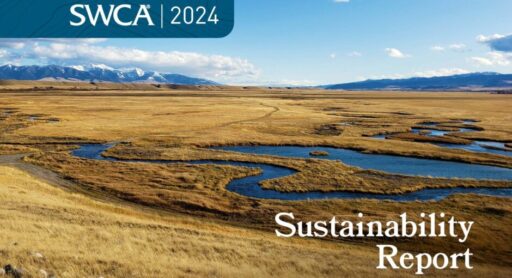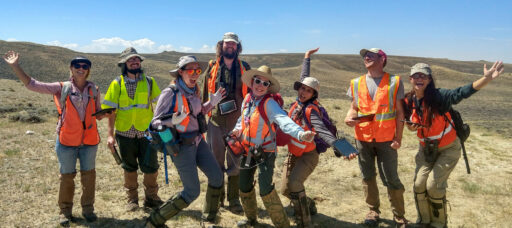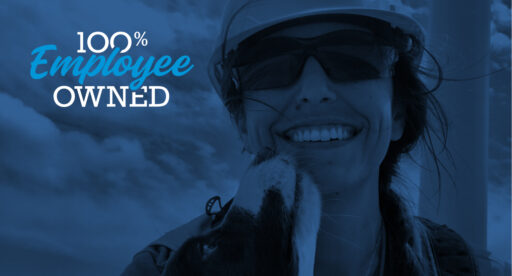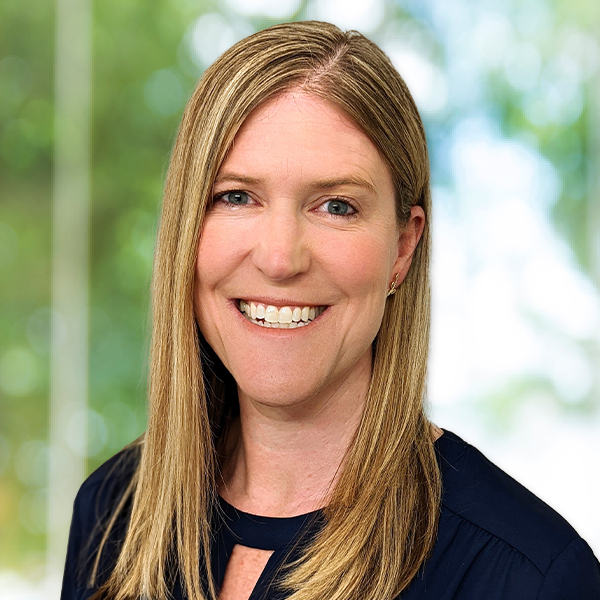2025
Comparably’s Best Company Outlook
* Providing engineering services in these locations through SWCA Environmental Consulting & Engineering, Inc., an affiliate of SWCA.

From the experts we hire, to the clients we partner with, our greatest opportunity for success lies in our ability to bring the best team together for every project.
That’s why:

At SWCA, sustainability means balancing humanity’s social, economic, and environmental needs to provide a healthy planet for future generations.

SWCA employs smart, talented, problem-solvers dedicated to our purpose of preserving natural and cultural resources for tomorrow while enabling projects that benefit people today.

At SWCA, you’re not just an employee. You’re an owner. Everyone you work with has a stake in your success, so your hard work pays off – for the clients, for the company, and for your retirement goals.
DOI’s Proposed Rule on Natural Resource Damages for Hazardous Substances
Dr. Wakefield is formally trained in economics, marine biology, and biochemistry. He has over 20 years of experience conducting environmental benefit/cost analysis, financial assurance, socioeconomic assessments, and environmental justice evaluations.

Angie has over 20 years of experience in oil spill response, supporting NRDAs and environmental impact assessments. She has an in-depth understanding of the Incident Command System and has provided leadership and coordination within the Environmental Unit for dozens of oil and chemical spills.



In mid-January, the U.S. Department of the Interior (DOI) announced an effort to update natural resource damage assessment (NRDA) methods applied to hazardous substance releases under the Comprehensive Environmental Response, Compensation, and Liability Act (CERCLA). The revised procedures would allow, in some circumstances, the use of streamlined methods and assessment tools developed largely under the Oil Pollution Act (OPA) to cooperatively assess damages.
The tools identified by DOI, including Habitat Equivalency Analysis and Resource Equivalency Analysis, along with the cooperative approach to assessment, are familiar NRDA approaches. As SWCA’s NRDA team describes in our recent publication for the American Petroleum Institute, Evaluation and Comparison of Habitat and Resource Equivalency Analysis (API 2022), these methods can be used to resolve cases efficiently and fairly, provided they are applied with sufficient technical rigor to assure the public that the NRDA process has identified an appropriate type and amount of restoration.
The Office of Restoration and Damage Assessment (ORDA) seeks comments and suggestions from the public by March 20, 2023. Submit your comments electronically through the Federal Register Portal at: https://www.federalregister.gov/documents/2023/01/19/2023-00927/natural-resource-damages-for-hazardous-substances
SWCA’s team of biologists, ecologists, toxicologists, and economists has been working together for more than 20 years to help responsible parties (RPs) and potentially responsible parties (PRPs) resolve natural resource damage claims under both OPA and CERCLA.
Contact SWCA’s team of NRDA experts for help understanding how the revised procedures could affect you or your business and for support navigating the DOI’s final decisions regarding changes to the CERCLA NRDA regulations.